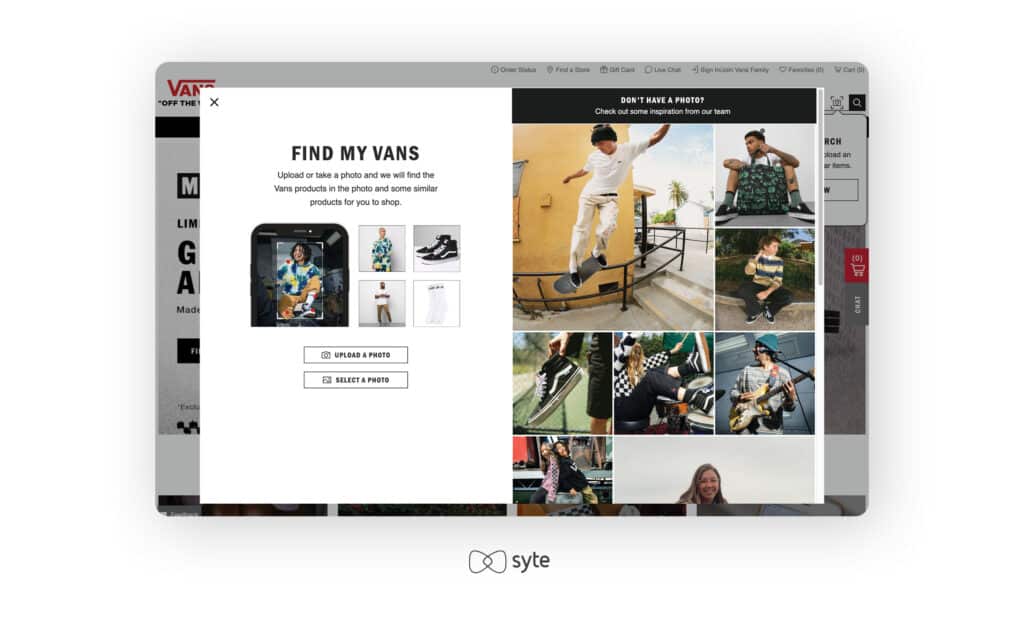A recommendation engine is an information filtering system that recommends relevant content according to a customer’s site interactions, preferences, and ratings. By showing items and services that matter the most, it reduces friction on the customer journey, maximizes engagement, and increases conversions.
A recommendation engine leads to increased personalization. When the user experience is personalized, customers are more likely to spend time on a website and interact with a brand. With results of the search and navigation highly relevant, brands and retailers will also see increased conversion rates. Recommendation engines also influence the rest of the customer journey, increasing basket size and average order value, and decreasing abandoned carts.

How Do Recommendation Engines Work?
Recommendation engines are all about data—its collection, storage, and filtering. There are different approaches to recommendation engines, but the following are the most common:
- Knowledge-based systems. filters based on a user’s needs as well as previous interactions
- Collaborative filtering. suggestions are based on user behavior, previous purchases and searches, and preferences of users with similar profiles
- Content-based filtering. bases suggestions on product tags by recommending items with similar characteristics
Occasionally, recommendation engines can give results based on the combination of the three. All these techniques consider user behavior.
Examples of Recommendation Engines in Action
There is no one way to employ recommendation engines in your brand website. Here are some of the most common ways they are used:
- Inspiration galleries. Customers don’t have to rely solely on your product images for inspiration. Occasionally, this drives them to look for items from social media and other user-generated content that contextualizes your brand’s products.
- Similar product recommendations and ‘shop the look’. Brands often suggest products that are visually similar on the product detail page and later on in the customer journey. It helps shoppers find products that appeal most to them and complete the vibe they are looking for. They don’t have to scroll through search results and various pages to find items that complement what they have on their cart. This inspires shoppers to purchase the entire look or parts of it.
- Personalized search results. Recommendation engines based on previous shopper behavior and purchases can inform text search results. When a loyal customer revisits your website and performs a search, the quality of the search results is constantly improving. Brands can also recommend products in addition to the ones they are looking for.